Archives
- 2025-10
- 2025-09
- 2025-03
- 2025-02
- 2025-01
- 2024-12
- 2024-11
- 2024-10
- 2024-09
- 2024-08
- 2024-07
- 2024-06
- 2024-05
- 2024-04
- 2024-03
- 2024-02
- 2024-01
- 2023-12
- 2023-11
- 2023-10
- 2023-09
- 2023-08
- 2023-07
- 2023-06
- 2023-05
- 2023-04
- 2023-03
- 2023-02
- 2023-01
- 2022-12
- 2022-11
- 2022-10
- 2022-09
- 2022-08
- 2022-07
- 2022-06
- 2022-05
- 2022-04
- 2022-03
- 2022-02
- 2022-01
- 2021-12
- 2021-11
- 2021-10
- 2021-09
- 2021-08
- 2021-07
- 2021-06
- 2021-05
- 2021-04
- 2021-03
- 2021-02
- 2021-01
- 2020-12
- 2020-11
- 2020-10
- 2020-09
- 2020-08
- 2020-07
- 2020-06
- 2020-05
- 2020-04
- 2020-03
- 2020-02
- 2020-01
- 2019-12
- 2019-11
- 2019-10
- 2019-09
- 2019-08
- 2019-07
- 2019-06
- 2019-05
- 2019-04
- 2018-11
- 2018-10
- 2018-07
-
Next we evaluated the interatrial and interatrioventricular
2019-06-21
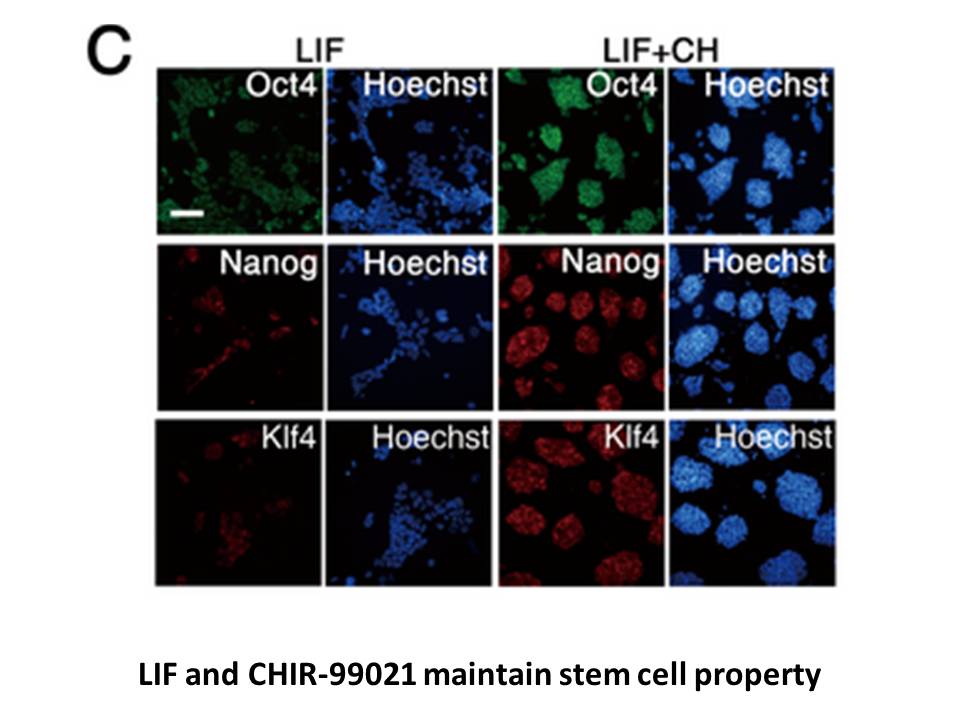
Next, we evaluated the interatrial and interatrioventricular synchrony because a long contraction time between the right and left atria was observed during the SSA procedure, dissection of the atrial septum, and patch closure. We were primarily concerned with determining whether the timing of the le
-
Numerous clinical trials phase II and phase III have
2019-06-21
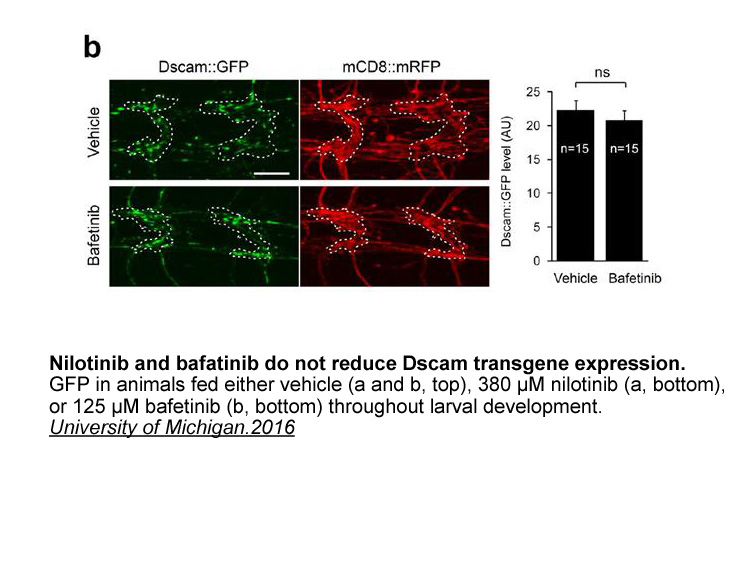
Numerous clinical trials (phase II and phase III) have been then designed to evaluate the efficacy of denosumab in oncology mainly in breast and prostate bone metastases (Table 1). These studies revealed that denosumab reduced significantly bone turnover markers similarly to osteoporotic patients. M
-
In patients with ovary lesions surgical intervention
2019-06-21
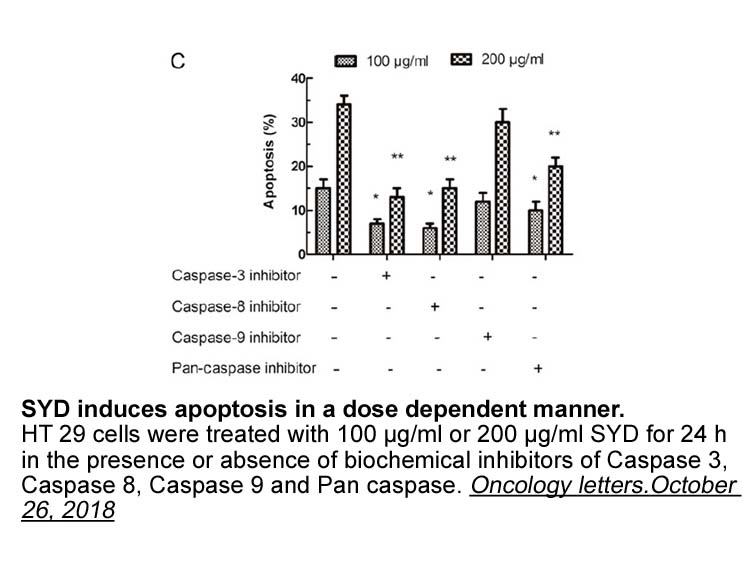
In patients with ovary lesions, surgical intervention play an important role to establish correct diagnosis. First of all, obtaining histologic confirmation of disease by laparotomy is critical in differentiating primary ovarian cancer between metastatic lesions such as gastric cancer to the ovary (
-
Extensive vascularization of the skeletal tissue suggests th
2019-06-21

Extensive vascularization of the skeletal tissue suggests the importance of blood vessels in regulating its physiological functions. Endothelium, the innermost cellular layer of blood vessels forms a central component of the bone marrow vascular microenvironment [7]. Recent evidence support that a p
-
br Conclusions br Source of funding br Conflict
2019-06-21
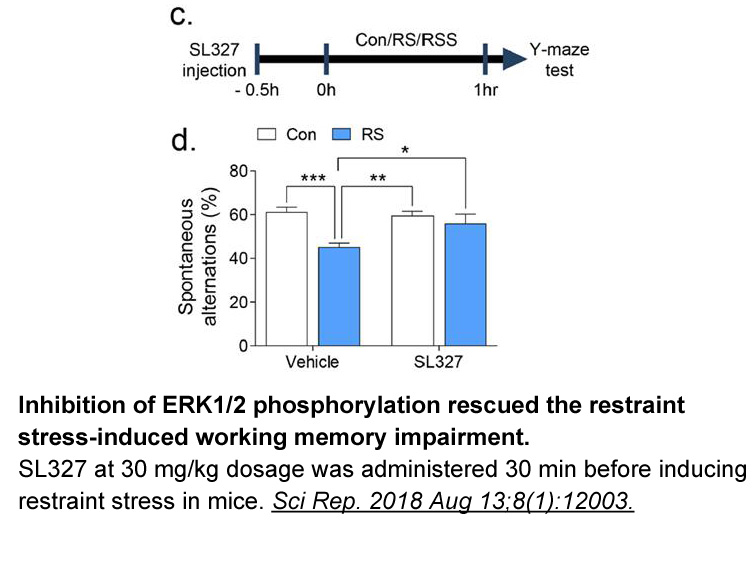
Conclusions Source of funding Conflict of interest Acknowledgments Introduction Atrial fibrillation (AF) is an arrhythmia that is commonly seen and occurs more often in the elderly. In Japan, the overall prevalence of all types of AF based on the data from periodic health examinations
-
Adem s las situaciones en las que
2019-06-21
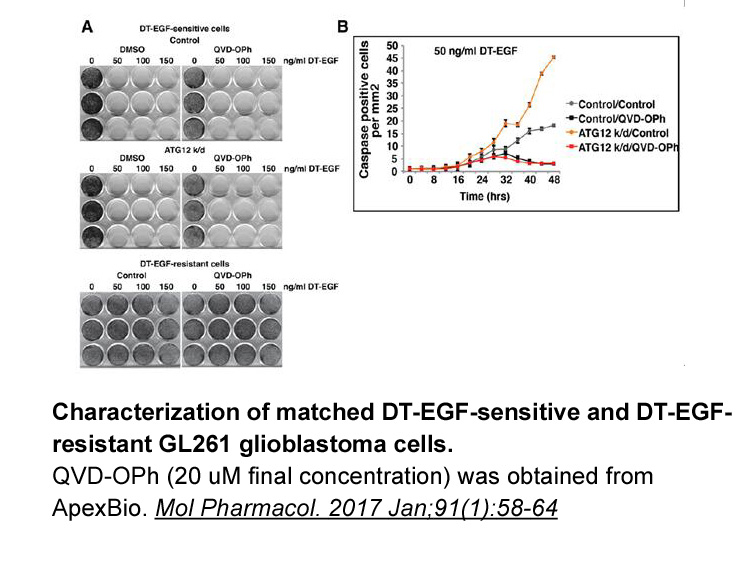
Además, las situaciones en las que Nicolás se encuentra con las piedras, sus dudas en torno corticotropin-releasing factor si son piedras-huesos o simples piedras, sus caminatas por cerros, encrucijadas y pueblos más o menos fantasmales, las respuestas diferentes a sus preguntas por Pedro Páramo (“¿
-
Cholic acid La irrupci n del invierno en el lugar que fue
2019-06-21
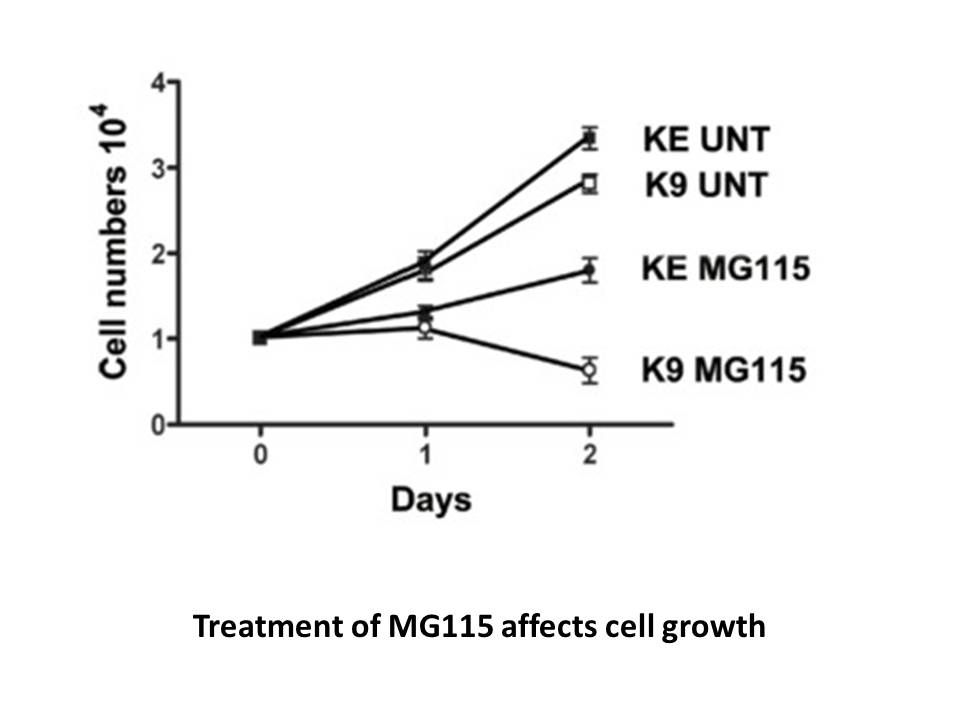
La irrupción del invierno en el “lugar que fue nuestro” es un motivo de lamentación melancólica porque estorba la dicha del yo lírico. La llegada de la nueva temporada se expresa con una referencia explícita al comienzo del invierno en el primer verso y una evocación de “las bandadas que emigran”. E
-
Hablar del movimiento posmoderno parece
2019-06-21
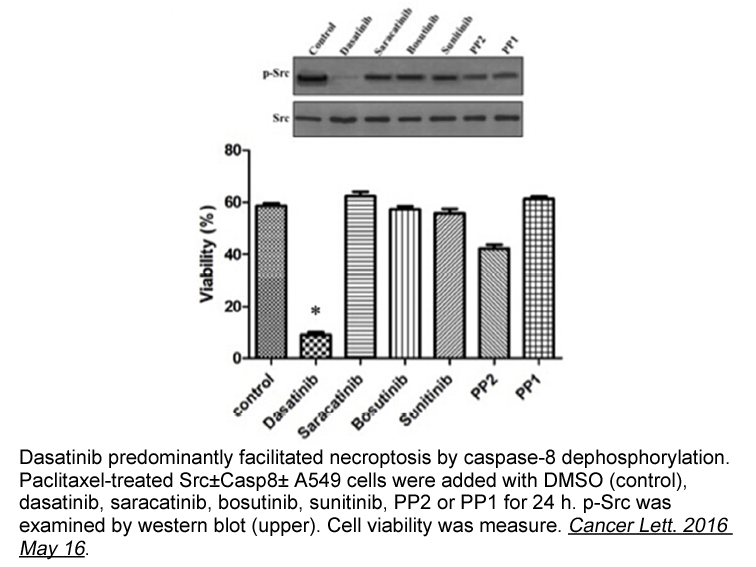
Hablar del movimiento posmoderno parece haberse convertido en un lugar común. Un movimiento artístico, cultural o filosófico que se escape Vincristine las expectativas de lo preestablecido suele denominarse rápidamente “posmoderno” sin indagar con profundidad cuáles son las características que le pe
-
Introduction The Space Shuttle has been retired and
2019-06-20
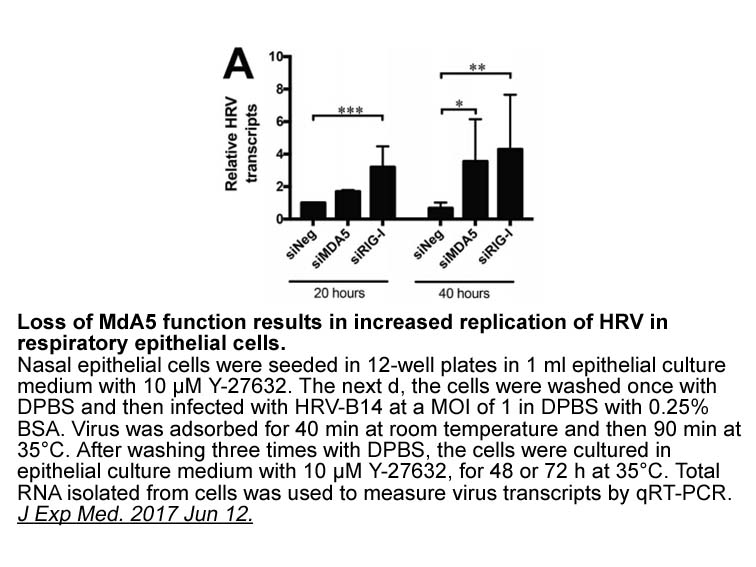
Introduction The Space Shuttle has been retired and the International Space Station (ISS) will be in use until 2020 (Fig. 1). Scientists and engineers are thinking about a mission to Mars in the future. Human exploration of space is at a turning point, and a number of questions about the future of
-
The renin angiotensin system plays a crucial role
2019-06-20
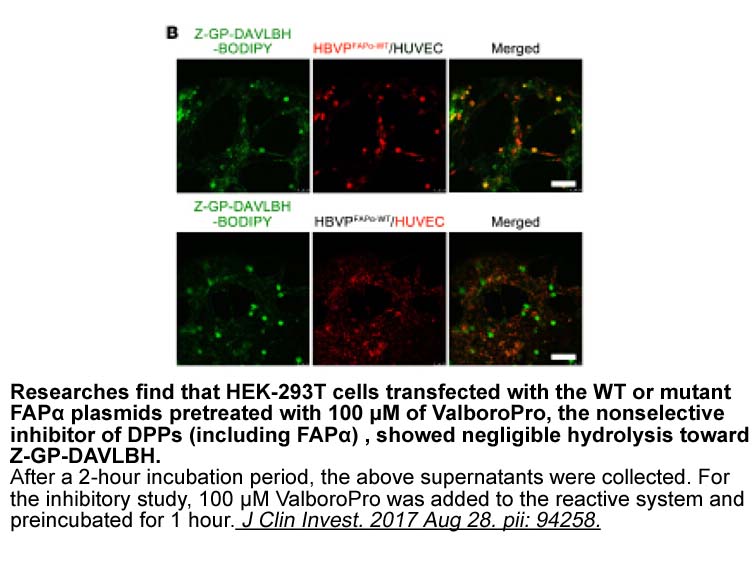
The renin-angiotensin system plays a crucial role in atrial fibrosis, which is a key pathological consequence of AF. Genes encoding 3 molecules related to the renin-angiotensin system, including angiotensin-converting enzyme (ACE), angiotensinogen, and angiotensin type 1 receptor (AT1R), are associa
-
KH CB19 br Case report A year old woman
2019-06-20
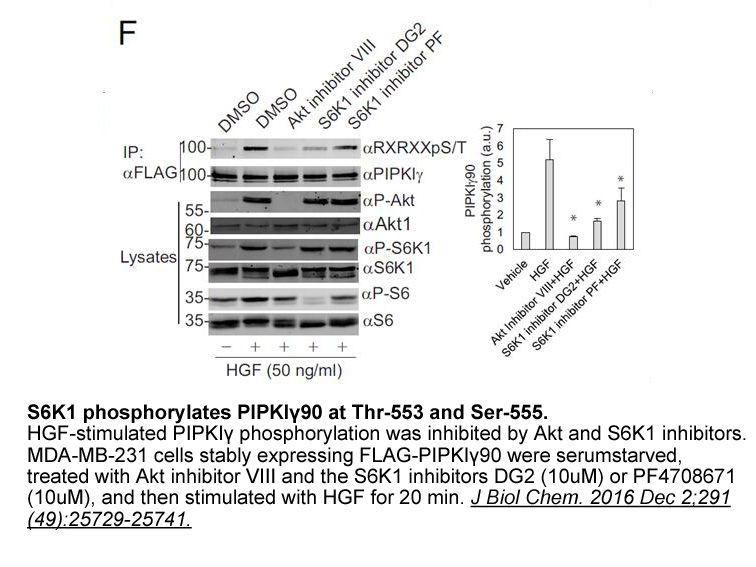
Case report A 58-year-old woman presented to our hospital with a history of several weeks of chronic dry cough and intermittent shortness of breath. On physical examination, the patient\'s blood pressure was 135/85 mmHg, oral temperature was 37.4 °C, pulse rate was 112/min, and her respiratory ra
-
En el libro de Morales
2019-06-20
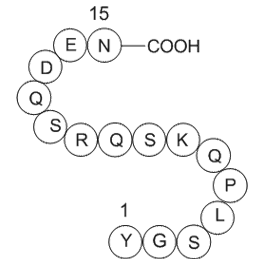
En el libro de Morales Carazo este transparente desciframiento del nacionalismo oculto de los “contras”, se produce con ML-090 en un acto de enmascaramiento literario, que refiere a Pablo Antonio Cuadra. El autor hace una lectura del sujeto campesino y sus valores a partir de su convivencia con los
-
Agosto toma la medida del relato hist rico en
2019-06-20
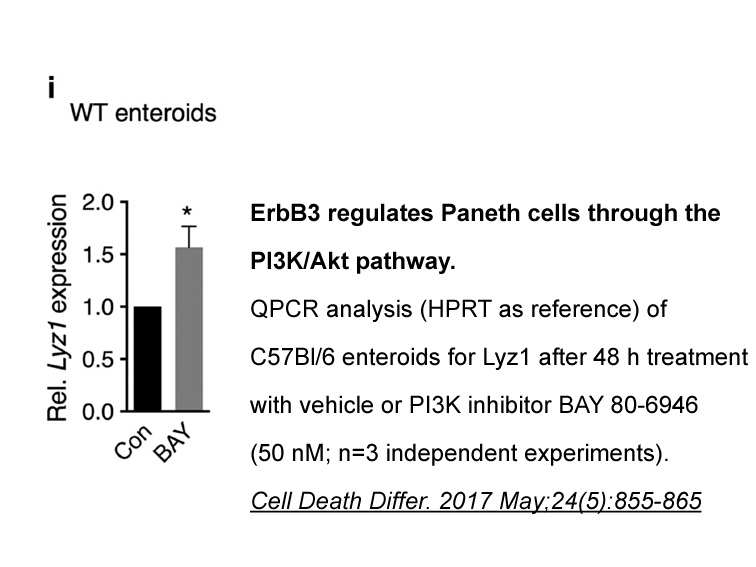
Agosto toma la medida del relato histórico en algunas ocasiones, de la crónica periodística en otras, para obtener una narración que ha llegado a entremezclarse con la realidad, o al menos con una investigación académica bien documentada, al grado tal que es bastante común encontrarla citada en artí
-
Con esto no se pretende se alar que en el
2019-06-20
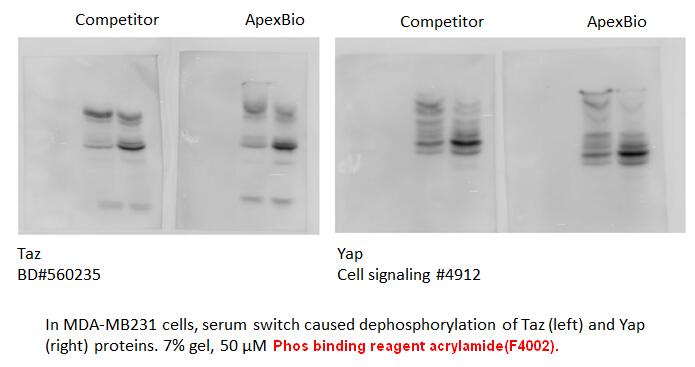
Con esto no se pretende señalar que en el terreno educativo no existan mentes lúcidas o que sus actores se comporten con una meridiana ingenuidad. Solamente queremos advertir que la constante necesidad de mejorar la educación y de aggiornar sus procesos β-Funaltrexamine hydrochloride la dinámica cam
-
Para refrendar su cr tica al uso descontextualizado y
2019-06-20
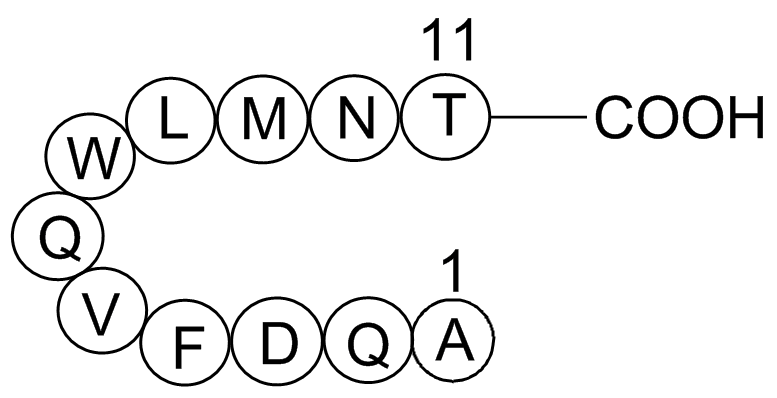
Para refrendar su crítica al “uso descontextualizado y descontextualizante” de la noción de los ecl, Mato impulsó el cambio de nombre del Grupo de Trabajo SKF 96365 hydrochloride “Cultura y Poder”, después de su tercera reunión en Caracas en noviembre de 2001, reunión de la cual se derivó una tercer
15813 records 1003/1055 page Previous Next First page 上5页 10011002100310041005 下5页 Last page